It’s appropriate, in a way, that Lotus boss Matt Windle – the man tasked with bringing the all-important Lotus Emira sports car to fruition – should have started his driving life in a Volvo 343, one of the least glamorous cars the Swedish marque has ever made.
After all, legendary founder Colin Chapman demonstrated his earliest engineering prowess on the Austin Seven, one of the humblest cars going in Lotus’s formative post-war years. Perhaps it takes early familiarity with the lowest echelons of motoring to create machines like Lotuses, which deliver the finest dynamics while avoiding easy-win content like imposing size, impressive mass, huge power, lots of over-the-top luxury equipment and premium prices.
There were indications that young Windle was heading for a successful career at the top of the automotive industry long before his father first tucked him into said Volvo. He recalls hours in the back garden with his long-suffering dad as he learned to slide a go-kart, then more time on his dad’s lap learning to steer the family Mini on a handy disused airfield.
There were also five-hour trips to visit grandparents in the north, during which conversation always centred on cars and during which young Windle honed his specialist skill of identifying different cars at night just by the shapes of their lights.
As an engineer himself, working in the power-generation business, Windle senior had his own interest in cars, but his company transport wasn’t promising in his young son’s eyes. An Austin Princess (“the back seat was like a big bed”) and an orange Austin Allegro Sport (“it had a square steering wheel”) were special lowlights.
By his own admission, Windle wasn’t a roaring success at school, so he left at 16 to become an apprentice coachbuilder with Essex-based camper van company Dormobile, rapidly displaying aptitude for technical drawing and upholstery. Dormobile had a big business and an enlightened apprenticeship programme, and the new recruit enjoyed his new hands-on lifestyle and began learning fast.
Volvo 343

The Volvo came when Windle was 17, his dad calculating that this safe Swede, with its armchair seats and sedate performance, would keep him out of trouble. “He had lost friends in bike accidents and wanted to keep me away from all that,” says Windle. “But he probably expected me to be in a prang or two, so it made sense to get something that would bounce…”
Nowadays, Windle can’t resist noting how very far that 343 was, dynamically speaking, from the cars that he and Lotus make today.
Hillman Hunter

“The Volvo was okay, but I drove it pretty hard and pretty soon killed the gearbox,” he says, “so Dad sorted me out an old Hillman Hunter – definitely the most tragic car I’ve ever owned. It was already old and shabby, so I decided to hand-paint it in Dormobile blue. That was a total disaster, although at least it helped to teach me that painting cars is very much a skill in its own right.”
Before long, Dormobile struck financial trouble (not, as far as we know, for a lack of paint) so, after a few interim coachbuilding jobs, Windle joined the Daewoo Technical Centre (formerly International Automotive Design) in Worthing, where design and engineering teams were working on the Matiz microcar.
Windle’s technical drawing skills meant he picked up computer-aided design (CAD) quickly, and his artistic eye gave him an ability at surfacing. He built on these skills by enrolling in design engineering courses. “The people who could only draw straight lines went into chassis engineering,” he grins, “while those of us who understood curves and could make great surfaces went into body engineering.”
About this time, Windle started meeting like-minded colleagues who (as it turned out) were also heading for important careers in the British low-volume industry. One such was Neil Patterson, eventually to become McLaren’s chief engineer, who now nurtures young talent as principal of Silverstone’s University Technical College.
Ford Fiesta, Orion and Sierra Sapphire

Windle drove off to his new Daewoo gig in a well-used but very healthy Mk1 Ford Fiesta inherited from a stepsister. In fact, the Fiesta was so obviously what an impecunious 20-year-old needed – sensible, economical and reliable – that the relationship couldn’t possibly last.
Windle soon swapped it for a black 1987 Ford Orion, a car with greater credentials but in considerably worse condition – especially after it was vandalised. That left holes in the doors where the door locks had been. The final straw came when the engine sump split: it literally bounced off the road, spewing oil everywhere and putting the car beyond use forever.
The replacement was another Ford hand-me-down, this time a 1986 Sierra Sapphire 1600 damaged in the great storm of 1987. It was decent mechanically but covered in rust spots, because the paintwork had been attacked by fallen branches, then neglected by being left outdoors for many months. Windle ran it for a few years, then decided, with his dad’s encouragement, that an ambitious 24-year-old needed a new car.
Peugeot 107 Aztec
A new little Peugeot 107 made lots of sense, now that there was proper commuting to do. Windle let his dad take the lead in negotiations and was initially mortified at a disagreement with the local dealer on price. “Walk away,” advised his dad, which initially seemed like bad advice but turned out to be correct. Within hours, the dealer was back on the phone and the deal was done at Windle senior’s price. Learning and working at Daewoo on an escalating trajectory, Windle credits his late father with helping him develop a desire to succeed.
The next step is where Windle’s modern history began. In 1998, he joined Lotus. He had heard that they were looking for CAD designers, so he applied and was snapped up. He went to work immediately with Richard Rackham, legendary architect of the Elise’s extruded aluminium chassis concept – a remarkably influential piece of automotive engineering, studied and emulated the world over. The task was to use these principles in the new Aston Martin Vanquish.
On a personal note, this decisive move to Hethel was accompanied by a certain amount of personal upheaval that included the sale of a jointly owned house. Windle decided to spend £24,000 of his newly freed cash on a car he had long admired...
Alfa Romeo 156 V6

Windle knew he loved the Alfa Romeo 156 for its concept and style and had read a lot about it. He was making good career progress, so why not have it now? As things turned out, there were some good reasons.
“That car was rubbish,” he says with feeling. “Bits kept falling off. I got through two sets of brake discs in the first year. It was fast and at times I enjoyed driving it. The engine was beautiful. But I got to know my dealership far too well, and they weren’t much use. It taught me that, however desirable, cars still need quality and reliability. After a couple of years, I took the biggest hit of my life and sold it for eight grand...”
Windle progressed fast at Lotus. Working with Rackham and his skilled acolytes was the perfect way to build engineering skills. He enjoyed dealing directly with the client, Aston Martin (“they seemed to like me being around”), and this led to more customer-facing roles and a more direct practice of management skills, which he enjoyed.
Then, in 2005, now 34, he moved to Tesla, whose one product at the time was the Elise-based Tesla Roadster.
Tesla Roadster

“At first, changing jobs was just a matter of crossing the corridor,” he says, “but soon my boss moved to the US, and I was pretty much in charge of what we were doing in Norfolk. Then I moved to the US. Those were great years. We needed to adapt – essentially beef up – the Lotus Lotus Elise chassis to carry the battery and extend the body to have the car in production for 2008, and we did that.”
During that time, Windle spent time with Tesla boss Elon Musk: “He was extremely intelligent, but if you delivered, you didn’t have a problem with him. SpaceX was also under way at the time, so he was incredibly busy, but in meetings you still always felt that you had his full attention. He taught me that it’s okay to make a quick decision if that makes more sense than a delay.”
Windle loved his Silicon Valley experience, the “surf in the morning, stay till midnight” work-life thing. The Roadster was launched in 2008 as a groundbreaking product, but only 2500 were built over three years.
“We would have built more,” says Windle, “but Lotus had their own big plans.” That’s his way of referencing the now-infamous Dany Bahar era, when five concept cars were unveiled in one day at a memorable Paris motor show.
Windle’s Tesla years ended in 2012, during which time he says that car engineering had moved on a long way: “Tesla was a true trailblazer, and I learned a lot from that. Car companies needed to stop thinking like car companies and become much more flexible, like start-ups.”
Nissan Qashqai

Back in the UK, Windle took his freewheeling spirit and new-found management skills – along with lots of new, US-honed engineering match practice – to Nissan’s technical centre in Cranfield, where Europe’s Nissans are readied for the local market.
Private motoring entailed driving “about four” Nissan Qashqai SUVs as company cars, because they were easy to get on with, cheap to run and convenient for a bloke with a young family. The main trouble was he found that this Nissan experience was “not an adventure” like Tesla had been and didn’t afford him the autonomy and authority he was used to.
So with the challenge of those earlier Norfolk years appealing more and more, Windle accepted an offer to join the expanding Alpine and Caterham sports car project, a partnership under ex-Formula 1 technical director Mike Gascoyne. It soon folded, although Windle has fond memories of it. “It was great while it lasted,” he recalls. “I would do a week in Hingham, then a week in Paris and then a week in Dieppe at Alpine. It was great.” Meanwhile, the Qashqai soldiered unobtrusively on as his family car.
The next move for Windle was to Zenos, another Norfolk start-up building sports cars, which you might reckon makes him a glutton for punishment. He arrived when a prototype had already been built and was soon appointed operations director, which gave him direct charge of 25 people but also meant that he built chassis on the shop floor with the rest of them.
That lasted two years. Everyone agreed that Zenos and its cars were promising, but it fell into administration in 2017.
Lotus Evora

Windle’s global experience and strong Norfolk leanings made him a natural to return to Lotus, especially as head of body engineering. Inside Hethel, ex-PSA Group bigwig Jean-Marc Gales was into his last weeks in charge, driving the company with a rigour and determination that didn’t suit many. But within weeks his objective had been achieved: Chinese car-making giant Geely, now Lotus’s owner, announced its acquisition of the iconic sports car company. Windle soon became the boss of all Lotus engineering.
“Back at Hethel, I started driving Evoras,” he says. “I had never been in one before, so it was a surprise to see what amazing cars they were. I travelled a fair bit on business, and when I would take a trip, it always surprised me when people asked if this was a McLaren or a Ferrari. It was a Lotus at less than half the price. It has an exotic nature, the Evora, yet it’s also comfortable for a long day’s driving.”
Volvo XC60

The enduring need for family transport hadn’t gone away, so when Windle returned “home” to Hethel, he started driving the first of a succession of Volvo XC60s – the car he chooses from a disparate group line-up for its practicality, ideal size, interior space, safety and all-day comfort.
Drive one all day back from Scotland, he says, and you feel like you’ve been to the shops. And his next family car? “Another XC60, I should think.”
Lotus Elise 240 Final Edition

At the beginning of last year, Windle was appointed managing director of Lotus Cars, tasked with bringing to life the company’s radical, recently formulated Vision 80 plan – a complete transformation in time for its 80th anniversary in 2028.
It’s doubtful that there could be a better person for the job. This MD’s role is one for which you could argue that Windle was on an ideal 30-year learning curve. Recently, he underscored his determination to succeed by laying down his own money for a Lotus that he knows will be a keeper: an Elise 240 Final Edition in Azure Blue.
The car’s connections to both Windle and Lotus are almost too many to list. The Elise is a true pioneer of extruded aluminium chassis design. Windle himself worked on it as a young CAD designer. It has led and influenced many other admired performance car designs, including from Aston Martin, Tesla and Alpine. Windle worked on those, too.
Now 25 years old, the Elise chassis worked so well from the start that, amazingly, rival manufacturers still use it as the benchmark for their new products.
“The example of the Elise will keep us on track,” says Windle. “Our future cars must continue to be simple and intuitive, even if others aren’t. Light is right for Lotus, and it always will be.”

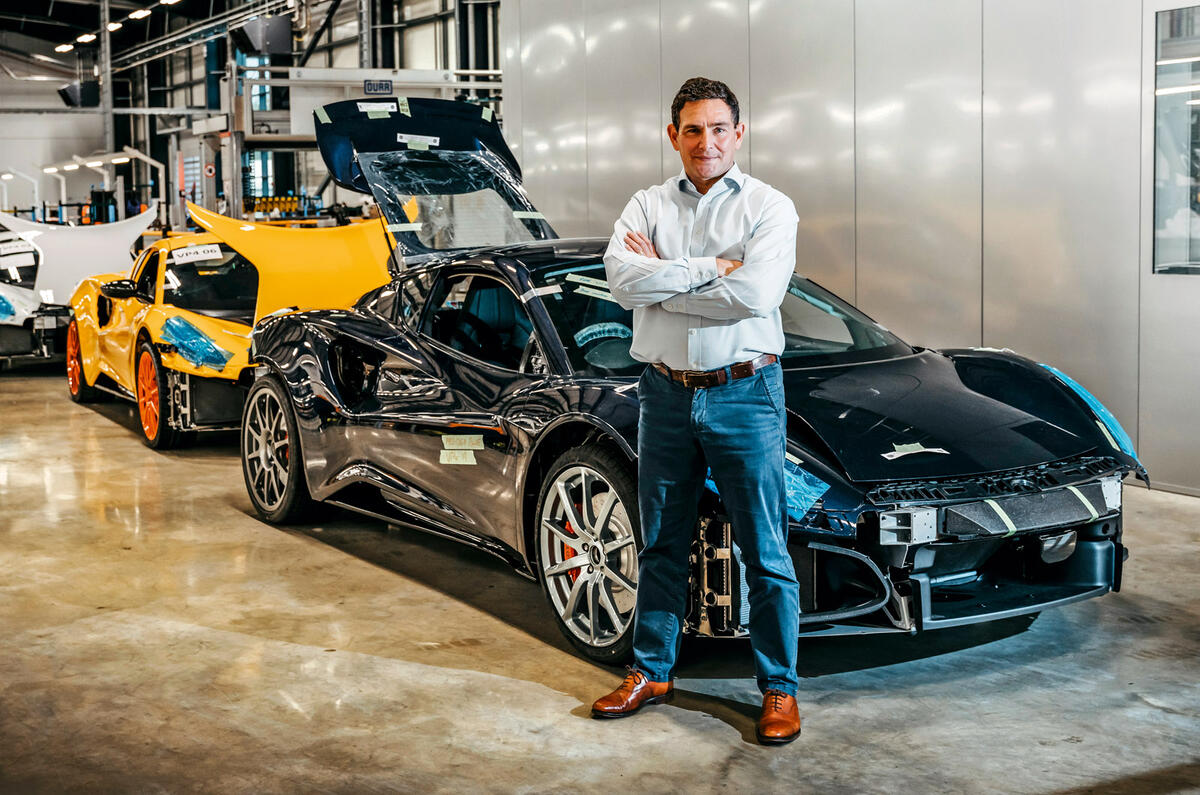
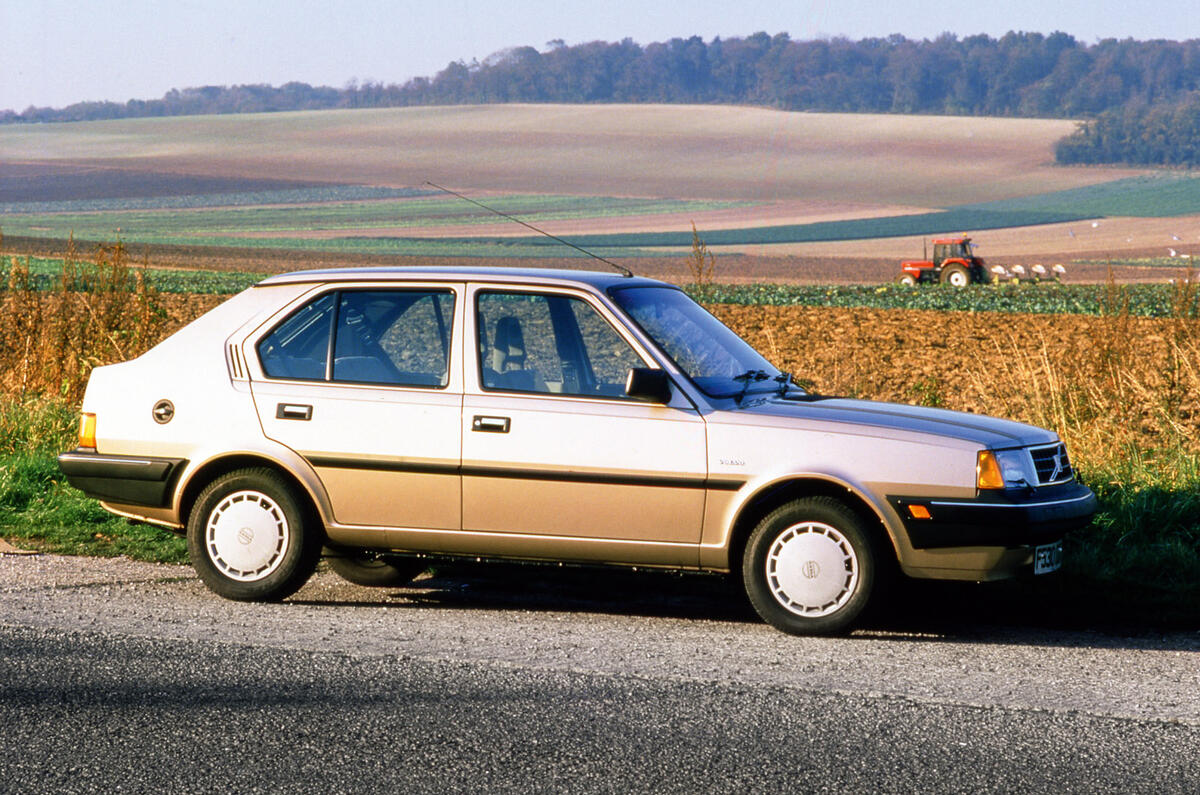
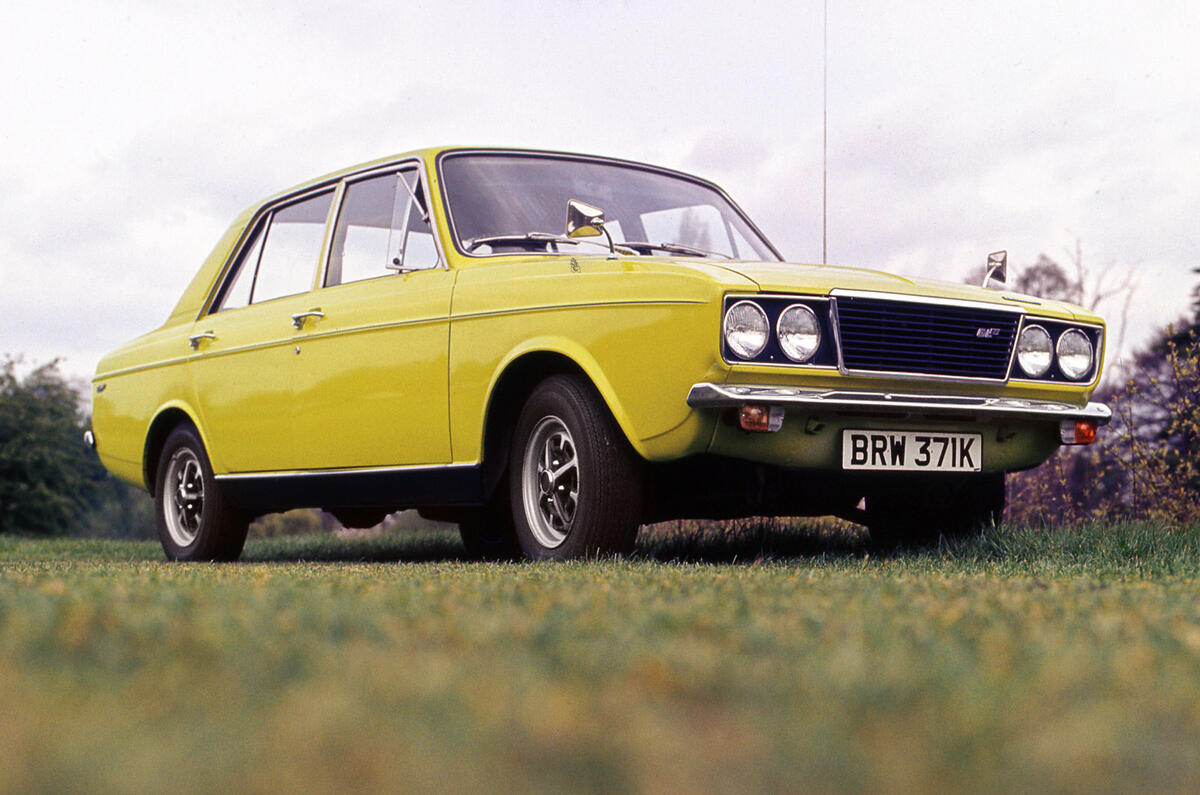
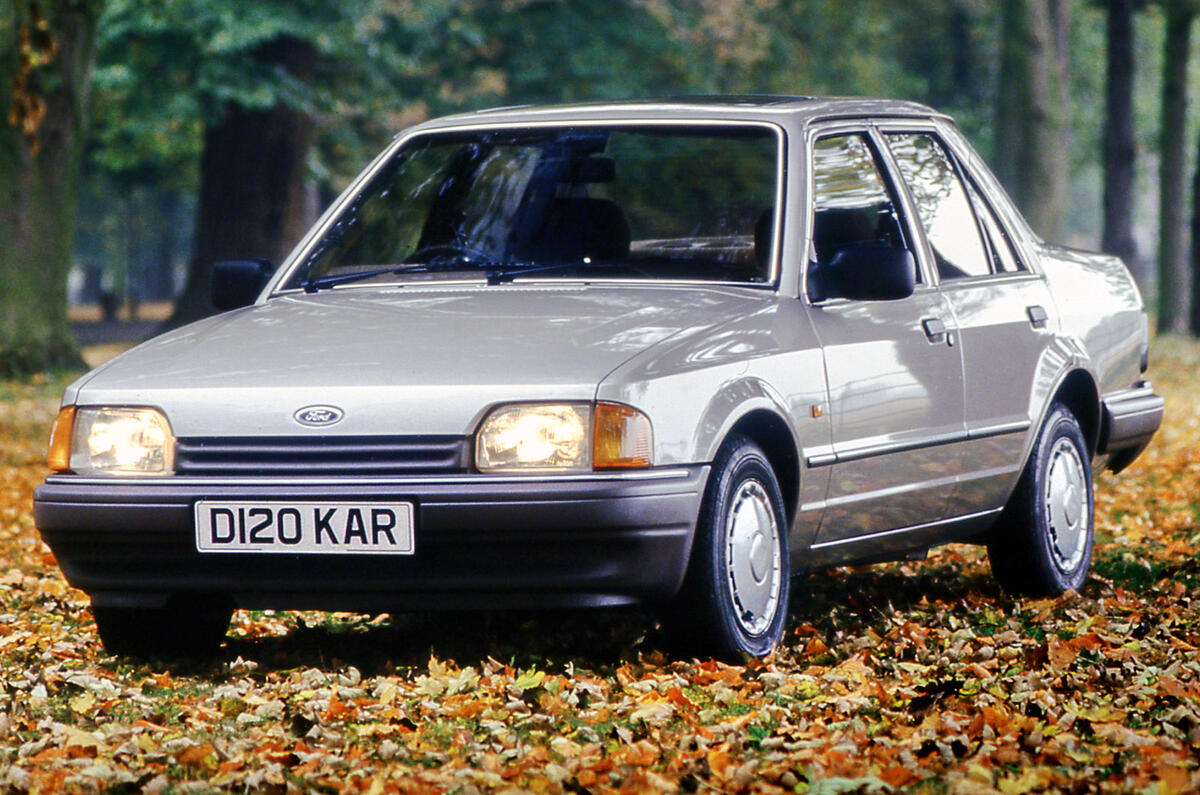
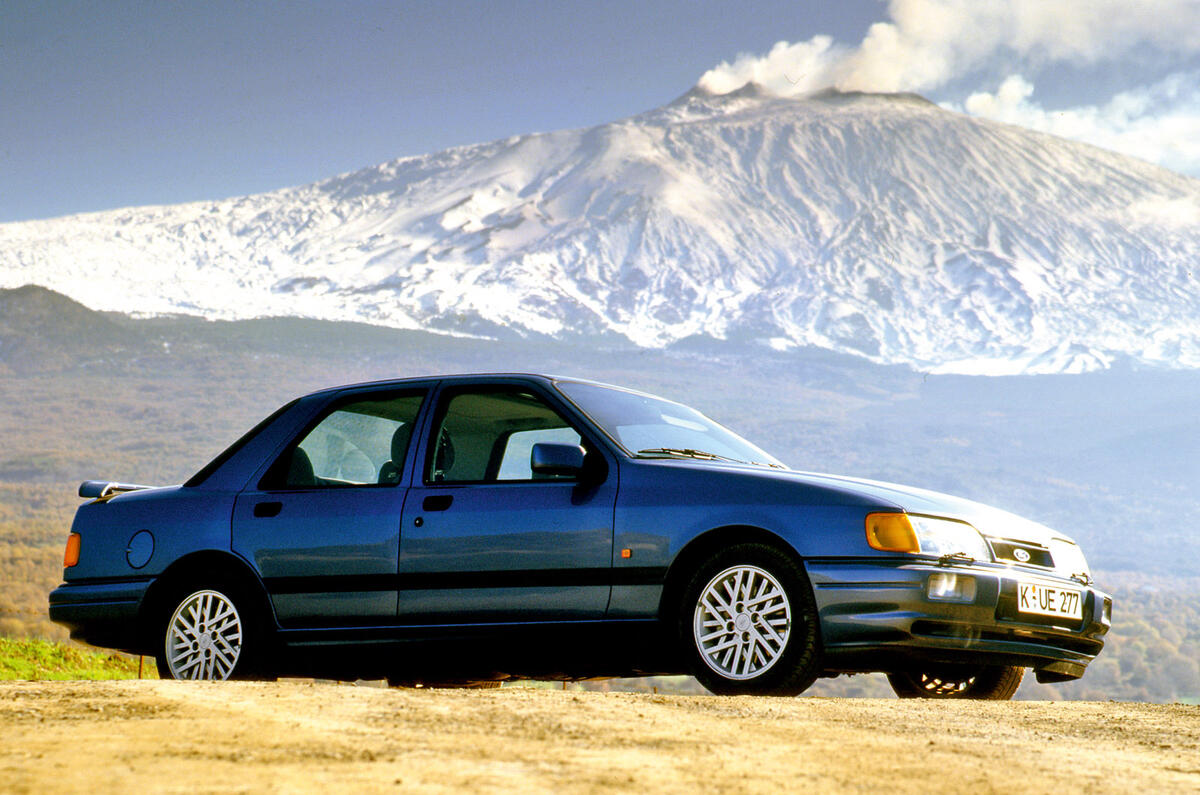
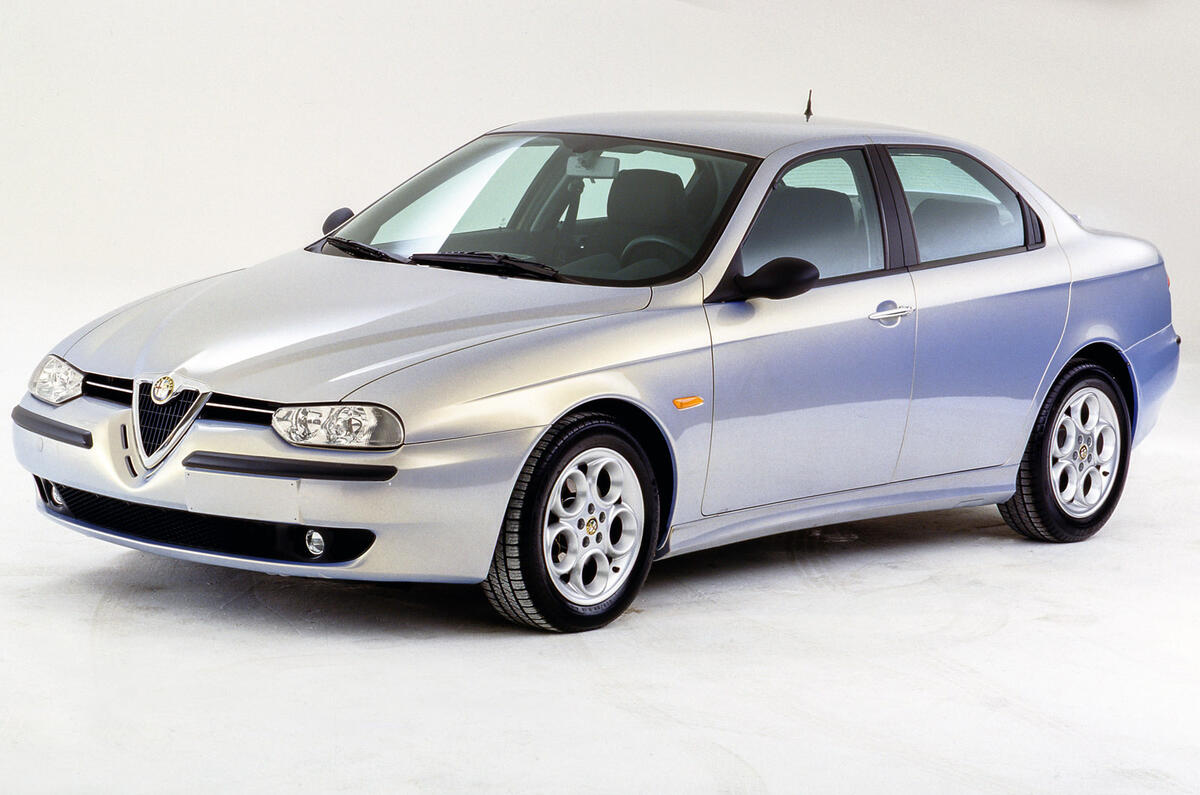
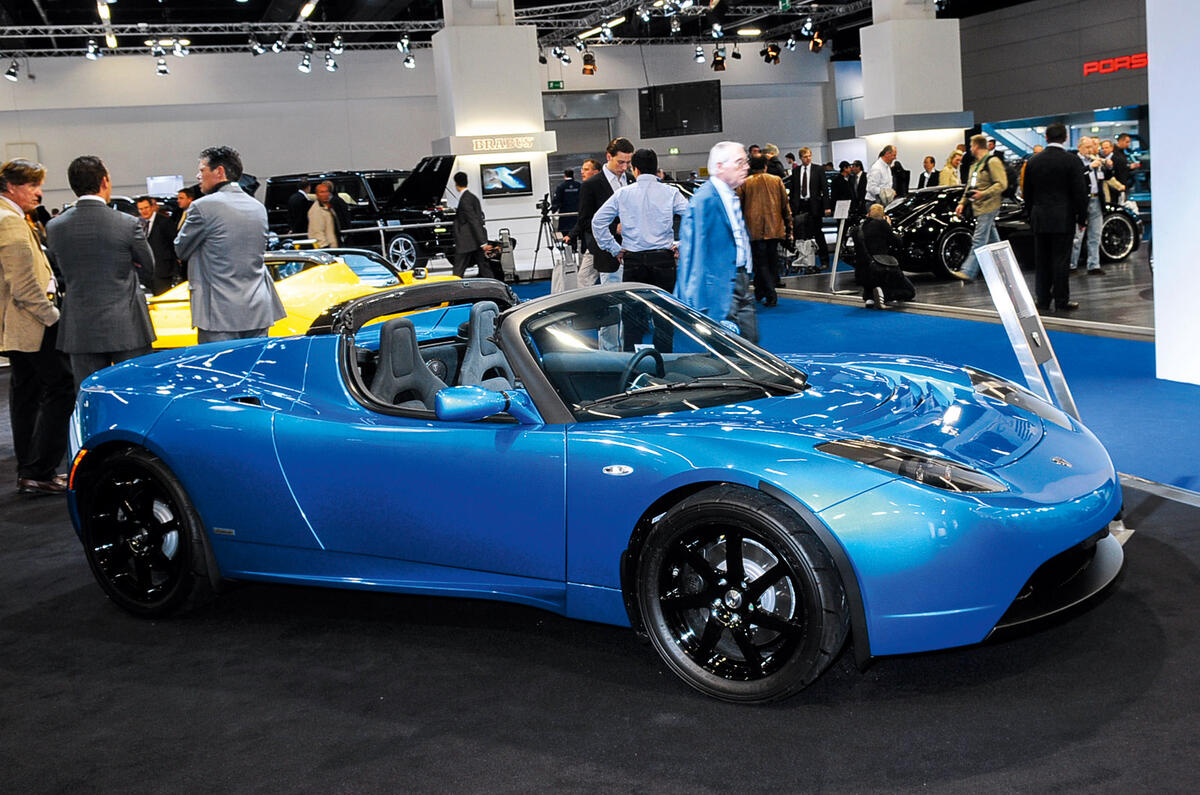
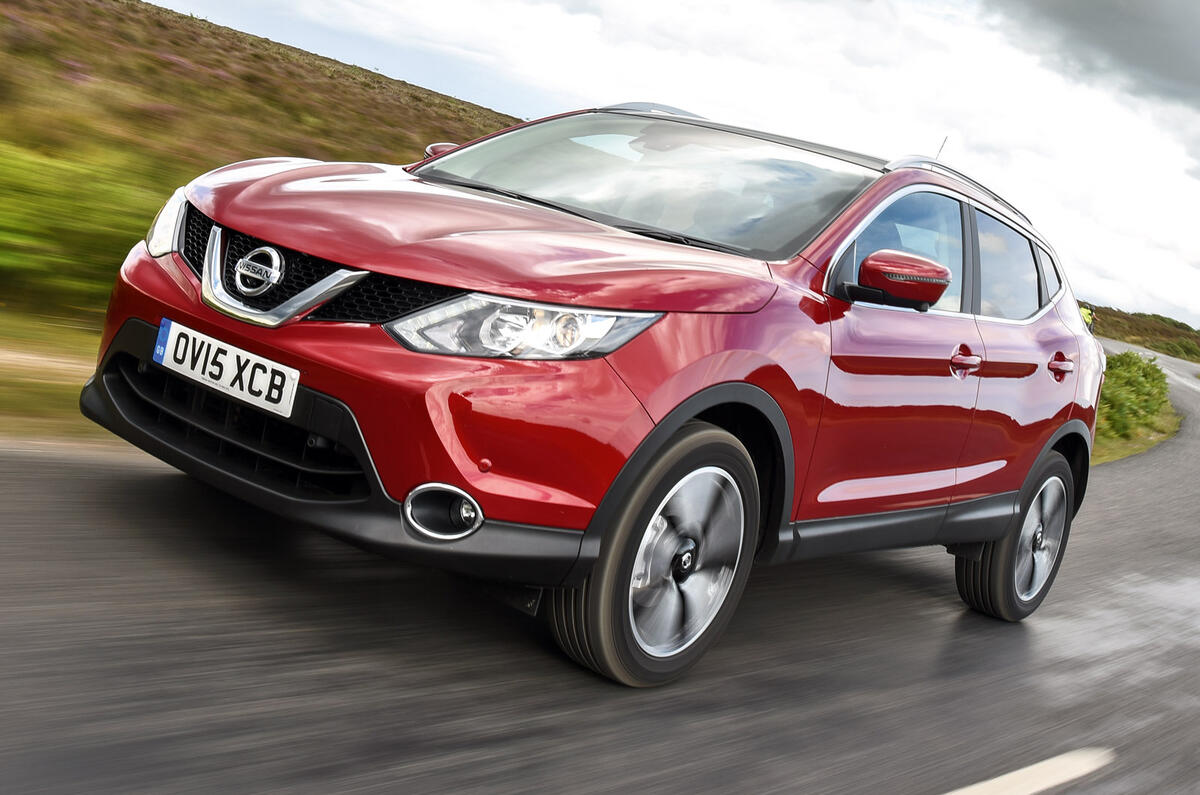
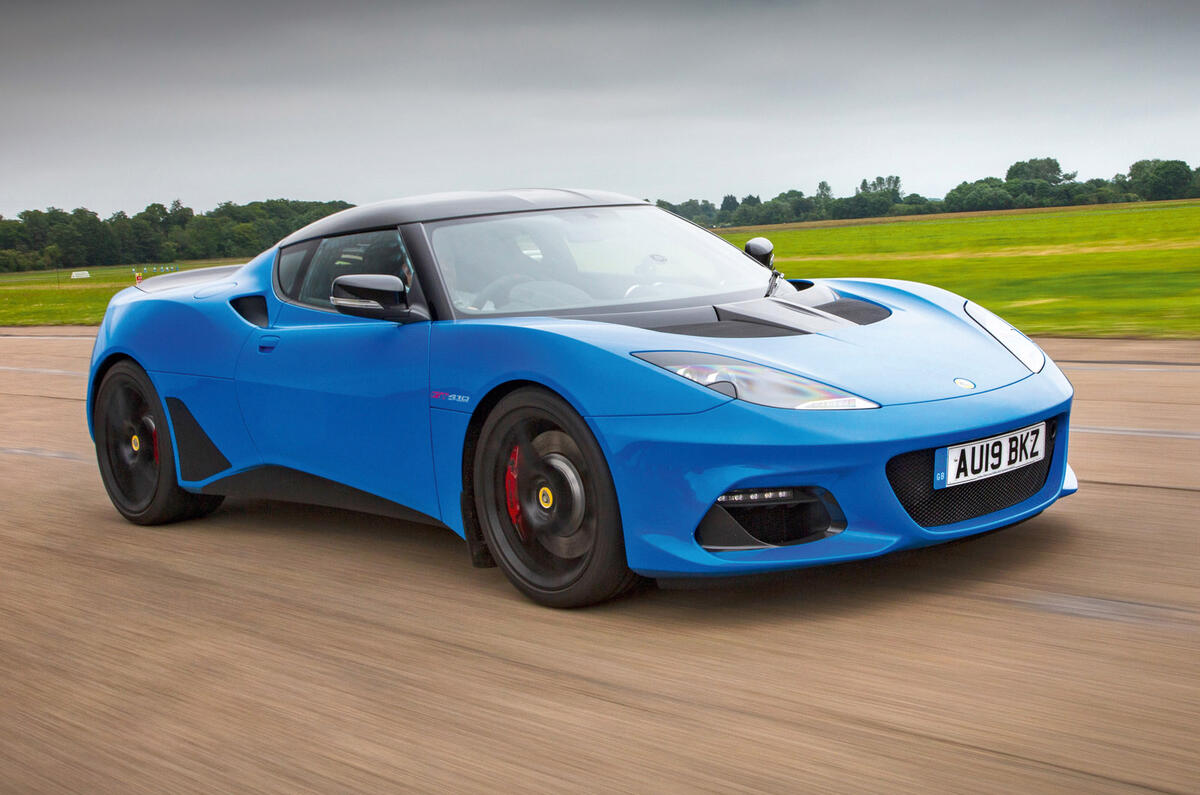
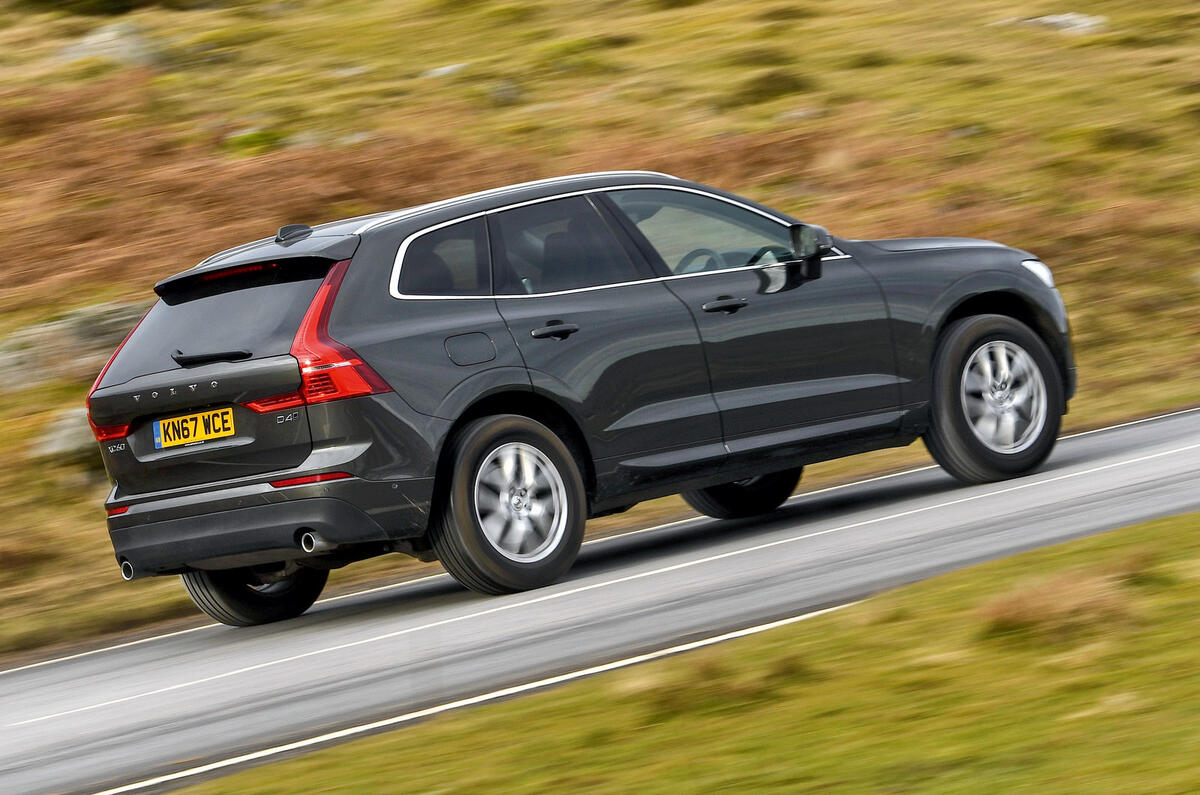
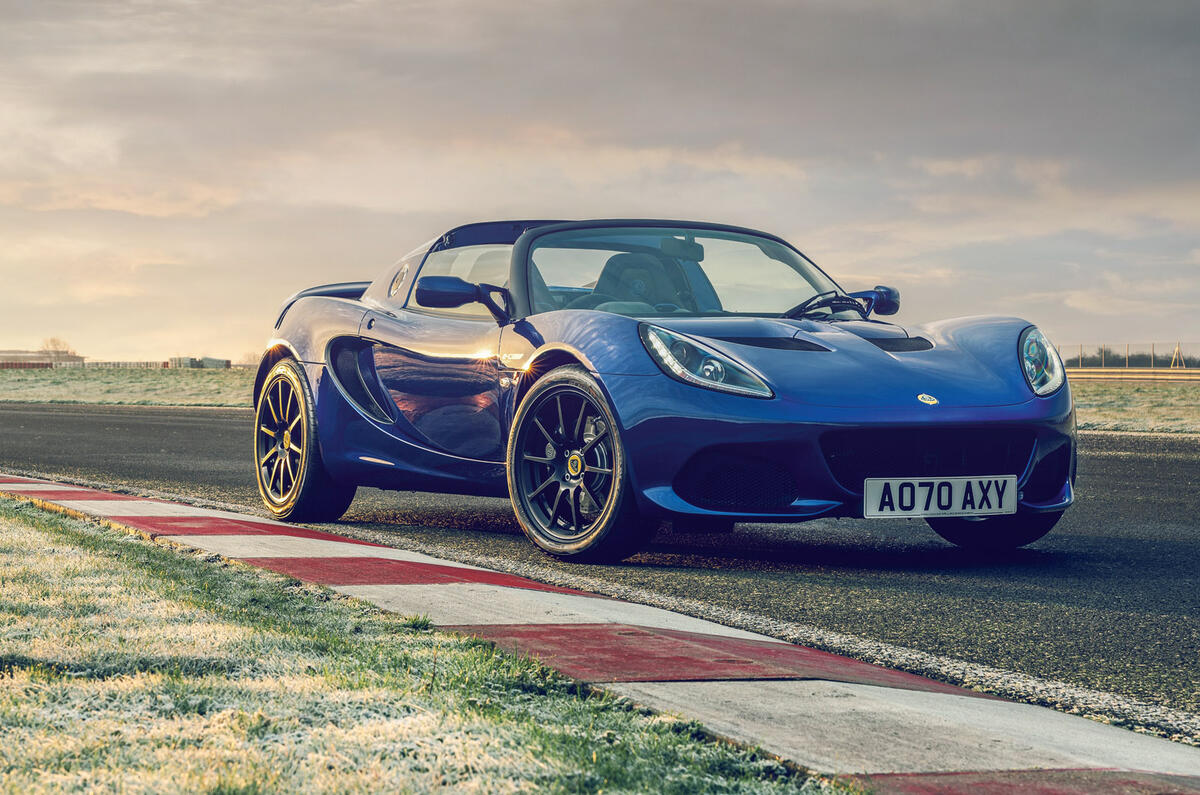
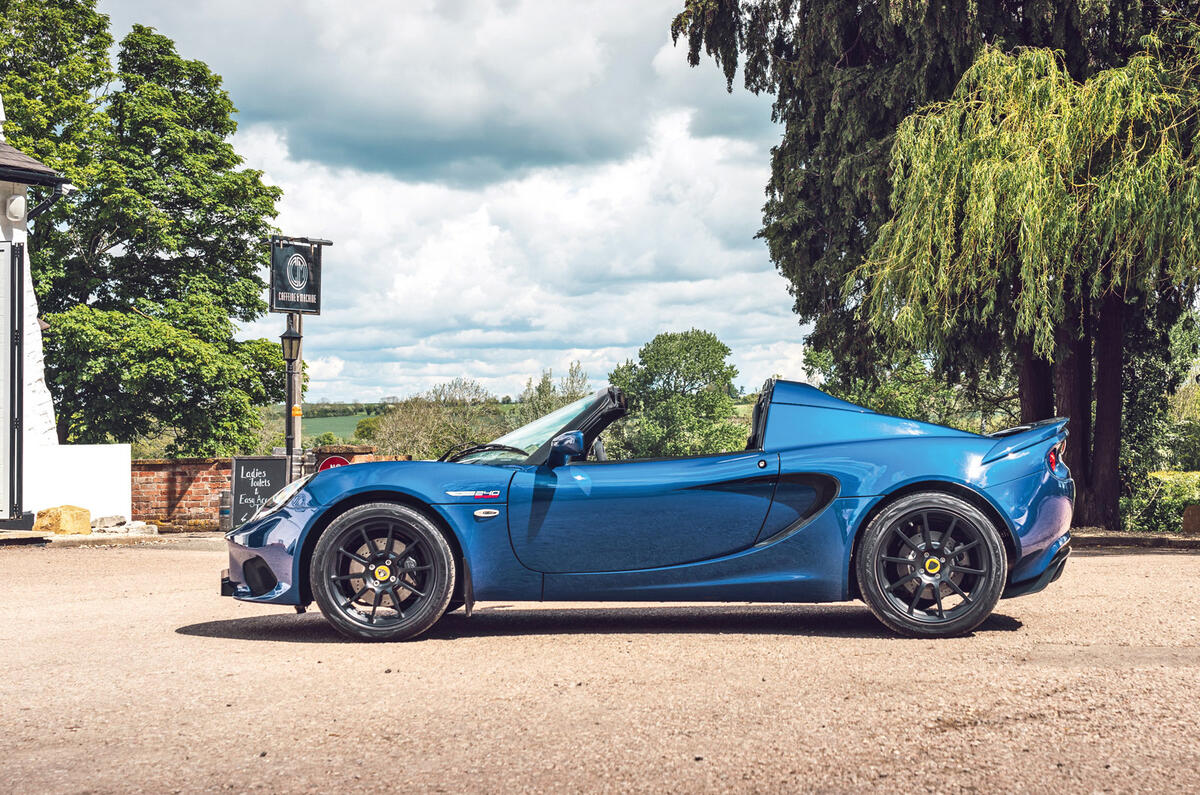
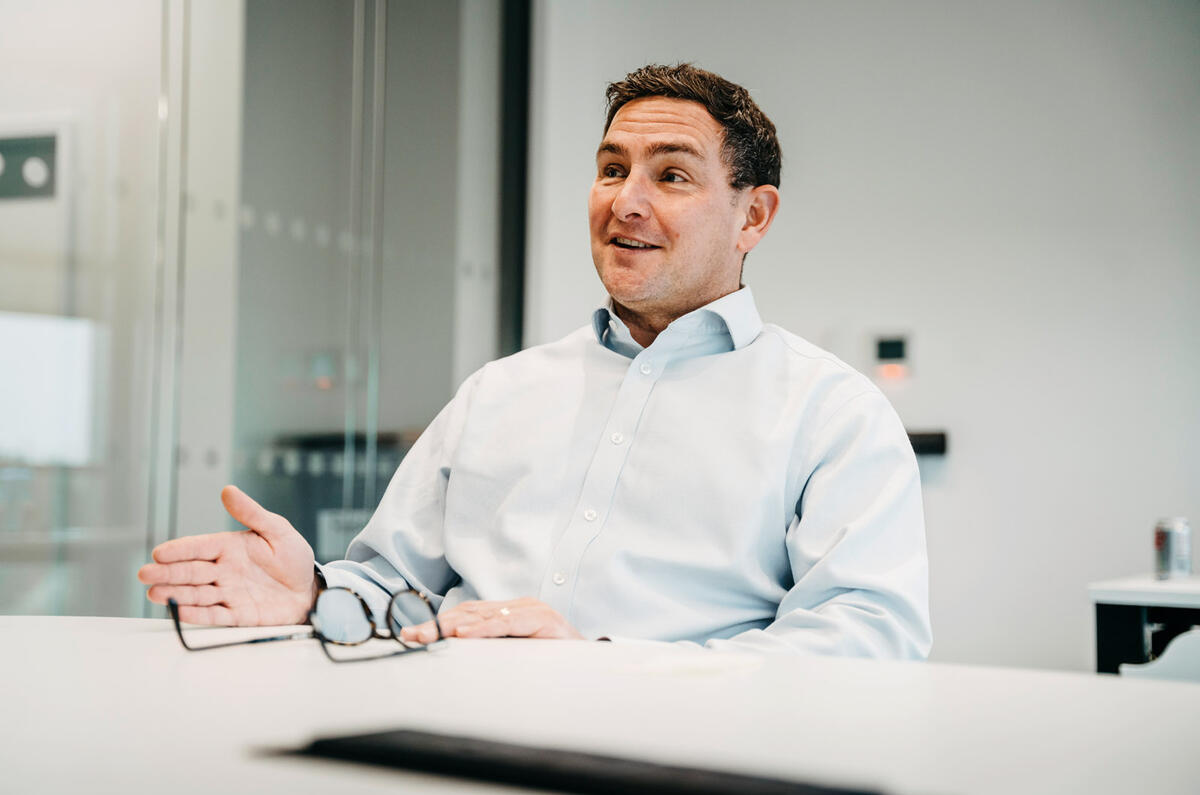




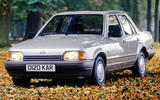


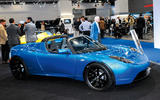

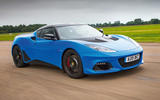
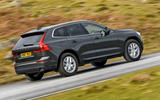










Join the debate
Add your comment
Enjoyable article. But a jarring final sentence "Light is right for Lotus, and always will be". Did they forget to tell him about the new Lotus SUV?